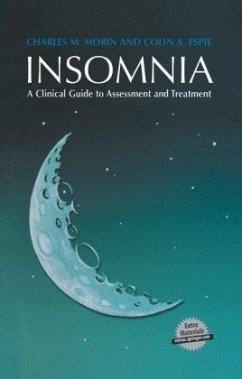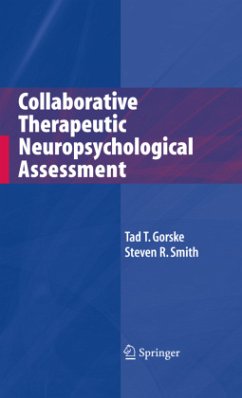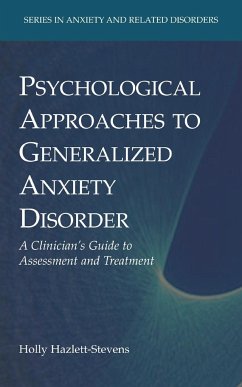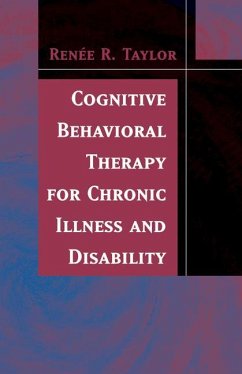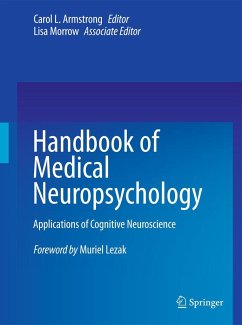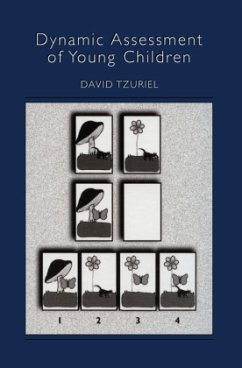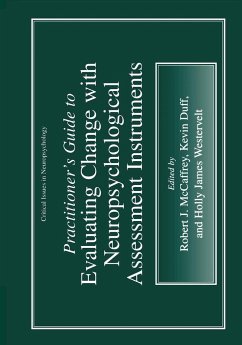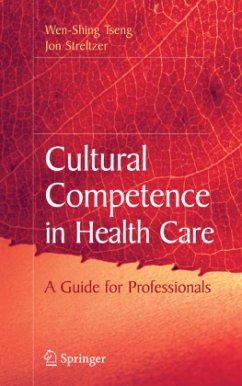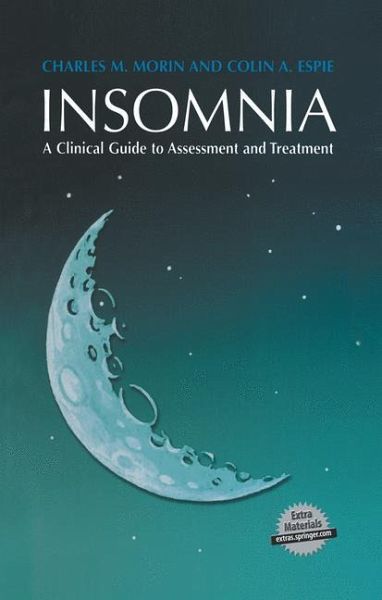
Insomnia
A Clinical Guide to Assessment and Treatment
Versandkostenfrei!
Versandfertig in 6-10 Tagen
113,99 €
inkl. MwSt.
Weitere Ausgaben:

PAYBACK Punkte
57 °P sammeln!
Along with increasing recognition of the consequences and costs of ins- nia, there is growing evidence documenting the effectiveness of cogniti- behavior therapy for insomnia. Yet, there is still a major gap between available evidence and current clinical practice. Much of this gap is due to economics, limited treatment access, and ineffective dissemination of knowledge. There is a definite need for practical materials to facilitate access to and implementation of interventions for insomnia. As scientis- practitioners, we are constantly reminded of this need by frequent requests from clinician...
Along with increasing recognition of the consequences and costs of ins- nia, there is growing evidence documenting the effectiveness of cogniti- behavior therapy for insomnia. Yet, there is still a major gap between available evidence and current clinical practice. Much of this gap is due to economics, limited treatment access, and ineffective dissemination of knowledge. There is a definite need for practical materials to facilitate access to and implementation of interventions for insomnia. As scientis- practitioners, we are constantly reminded of this need by frequent requests from clinicians around the world for questionnaires and handouts to assist them in treating insomnia patients. It was during a recent international sleep meeting, more specifically on a trainjourney between Dresden and Prague, that we drafted an outline of a handbook that would help fill this gap. This clinical handbook describes an evidence-based treatment p- gram for insomnia. Its content is based on materials that have been cl- ically tested and validated with patients in various settings and with different subtypes of insomnia. The manual is divided into eight chapters. Chapter 1 presents an introduction to sleep and provides answers to f- quently asked questions about the nature of sleep, its determinants, and about the consequences of sleep loss and insomnia. Chapters 2 and 3 outline the main clinical features of insomnia and differential diagnostic issues and describe a practical approach to the assessment of insomnia complaint.



